Table of content
Stir-fried shrimp is a culinary delight that transcends borders, beloved in kitchens from bustling Asian night markets to cozy home kitchens in the West. Its appeal lies in its simplicity, speed, and the explosion of flavors that come together in perfect harmony. Whether you’re a novice cook or a seasoned home chef, mastering the technique of stir-frying shrimp can elevate your meals and impress even the most discerning palates. This article delves into the nuances of selecting ingredients, preparing shrimp, mastering the stir-fry process, and troubleshooting common pitfalls. By the end, you’ll be equipped to create a restaurant-quality dish that balances texture, aroma, and taste.
Understanding the Basics of Stir-Frying
Stir-frying is a high-heat cooking method originating from China, designed to cook food quickly while preserving its natural flavors, colors, and nutrients. The key to success lies in three elements: a scorching-hot wok or pan, precise timing, and the right balance of ingredients. Shrimp, with its delicate flesh and mild sweetness, is an ideal candidate for this technique. However, its quick cooking time demands attention to detail—overcook it, and you’re left with rubbery, flavorless morsels; undercook it, and you risk food safety issues.
Selecting the Perfect Shrimp
The foundation of any great stir-fry is quality ingredients, and shrimp is no exception. Fresh shrimp is preferable, but frozen shrimp can be equally excellent if handled correctly. When shopping, look for shrimp with firm flesh, a mild oceanic scent, and no signs of discoloration. Wild-caught shrimp often boast a sweeter flavor, while farm-raised varieties tend to be more affordable.
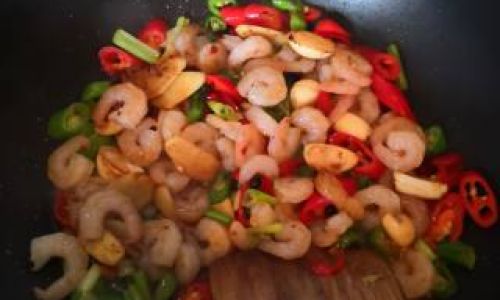
Size Matters: Shrimp are sized by count per pound (e.g., 21/25 means 21-25 shrimp per pound). For stir-fries, medium to large shrimp (31/40 or 26/30 count) work best—they cook evenly and offer a satisfying bite.
Peeling and Deveining: Most recipes call for peeled and deveined shrimp. To peel, start by removing the legs, then gently peel off the shell from the underside. To devein, use a paring knife to make a shallow cut along the shrimp’s back and pull out the dark vein (the intestinal tract). While not always necessary for small shrimp, deveining ensures a cleaner taste.
To Marinate or Not to Marinate?
Marinating shrimp is optional but recommended for enhancing flavor. A simple marinade of soy sauce, rice wine, cornstarch, and white pepper can add depth without overpowering the shrimp’s natural taste. Marinate for 15–20 minutes—any longer, and the acidity in the marinade may begin to “cook” the shrimp, altering its texture.
Essential Ingredients and Tools
Beyond shrimp, stir-fries thrive on a harmonious blend of aromatics, vegetables, and sauces. Here’s a breakdown of staples:
- Aromatics: Garlic, ginger, and shallots form the flavor base. Mince them finely for even distribution.
- Vegetables: Bell peppers, snap peas, broccoli, carrots, and onions add crunch and color. Cut them into uniform pieces for even cooking.
- Sauces: A combination of soy sauce, oyster sauce, hoisin sauce, and a touch of sugar or honey creates a glossy, savory-sweet glaze.
- Oil: Use a neutral, high-smoke-point oil like peanut, vegetable, or canola oil. Avoid olive oil, which can burn at high temperatures.
- Wok or Skillet: A carbon-steel wok is traditional and excellent for even heat distribution, but a large stainless-steel or cast-iron skillet works too.
The Stir-Fry Process: Step-by-Step
Preheat Your Wok
Heat your wok over high heat until a drop of water evaporates instantly. Add 1–2 tablespoons of oil and swirl to coat the surface. This step, called “seasoning the wok,” prevents sticking and ensures even cooking.
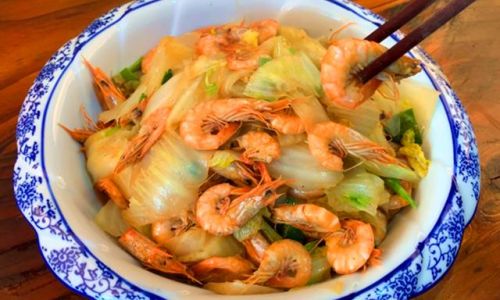
Cook the Aromatics
Add minced garlic, ginger, and shallots. Stir-fry for 10–15 seconds until fragrant but not browned. Burnt aromatics will impart a bitter taste, so move quickly!
Sear the Shrimp
Add the shrimp in a single layer, ensuring they’re not overcrowded (cook in batches if needed). Let them sear undisturbed for 30 seconds to develop a golden crust, then toss gently for another minute until they turn pink and opaque. Overcrowding the pan will cause the shrimp to steam instead of sear, resulting in a soggy texture.
Add Vegetables
Introduce harder vegetables first (e.g., carrots, broccoli) as they take longer to cook. Stir-fry for 2–3 minutes, then add quicker-cooking veggies (bell peppers, snap peas) for another minute. The goal is to retain their vibrant color and crispness.
Pour in the Sauce
Combine your sauces in a small bowl (e.g., 2 tbsp soy sauce, 1 tbsp oyster sauce, 1 tsp sugar, 1 tbsp water). Pour the mixture into the wok and toss vigorously to coat everything evenly. The sauce will thicken slightly from the cornstarch in the marinade (if used) and cling to the ingredients.
Finish with Flair
Add a final touch of freshness with a handful of chopped cilantro, basil, or green onions. For heat, sprinkle red pepper flakes or toss in a sliced chili. A drizzle of sesame oil just before serving adds a nutty aroma.

Troubleshooting Common Issues
- Soggy Shrimp: Overcrowding the pan or low heat are the usual culprits. Ensure the wok is screaming hot and cook in batches if necessary.
- Bland Flavor: Marinate the shrimp, and don’t skimp on the aromatics or sauces. Taste and adjust seasoning before serving.
- Burnt Garlic: Add aromatics after the oil is hot but before it smokes. Keep tossing to prevent burning.
- Uneven Cooking: Cut vegetables uniformly and add them in order of cooking time.
Regional Variations and Customizations
Stir-fried shrimp is incredibly versatile. Here are a few global twists:
- Thai-Style: Use fish sauce, lime juice, and a handful of Thai basil. Add sliced chili and a splash of coconut milk for creaminess.
- Spicy Szechuan: Toss in doubanjiang (fermented chili bean paste), Szechuan peppercorns, and dried red chilies for a numbing heat.
- Mediterranean: Swap soy sauce for lemon juice, add olives, cherry tomatoes, and feta cheese. Garnish with fresh parsley.
- Garlic Butter: For a decadent finish, melt butter in the wok after cooking and toss the shrimp with minced garlic and a squeeze of lemon.
Serving Suggestions
Stir-fried shrimp pairs beautifully with steamed jasmine rice, crispy chow mein noodles, or a bed of sautéed greens. For a complete meal, serve it alongside a refreshing cucumber salad or a tangy pickled vegetable side. Leftovers make an excellent filling for lettuce wraps or omelets.
Health Benefits of Shrimp
Shrimp is a nutritional powerhouse, rich in protein, vitamin B12, and selenium. It’s low in calories and carbs, making it a keto-friendly option. Stir-frying, with its minimal oil and quick cooking time, preserves these nutrients better than deep-frying or boiling.
Conclusion: The Joy of Stir-Frying
Stir-fried shrimp is more than a dish—it’s a dance of fire, timing, and flavor. Mastering it requires practice, but the rewards are immense. With each attempt, you’ll refine your technique, learning to balance the wok’s heat, the shrimp’s tenderness, and the sauce’s richness. Whether you’re cooking for a crowd or a quiet dinner at home, this dish promises to delight. So grab your wok, sharpen your knife, and let the sizzle begin!
Pro Tip: Invest in a high-quality wok and a splatter screen. The former ensures even cooking, while the latter keeps your stovetop (and sanity) intact during high-heat cooking.
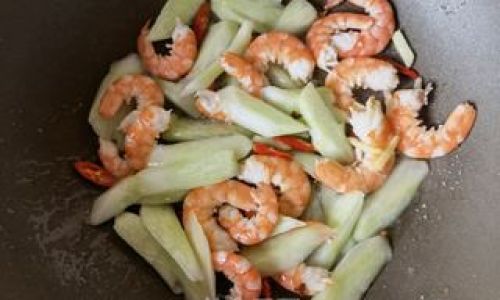
Now, armed with this guide, step into your kitchen and let the magic of stir-frying transform simple ingredients into a meal that’s both humble and extraordinary. Happy cooking!


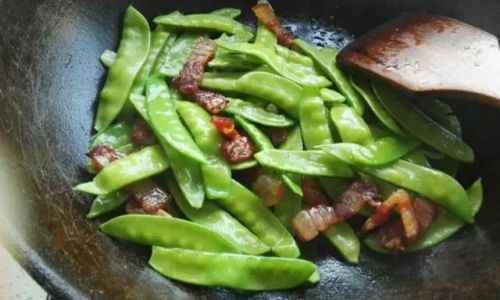
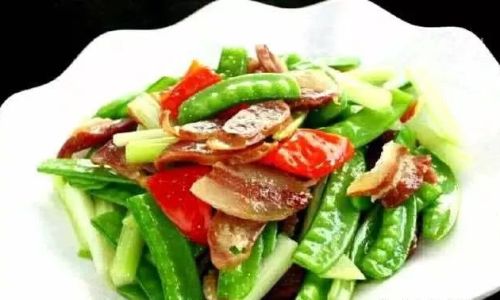
0 comments